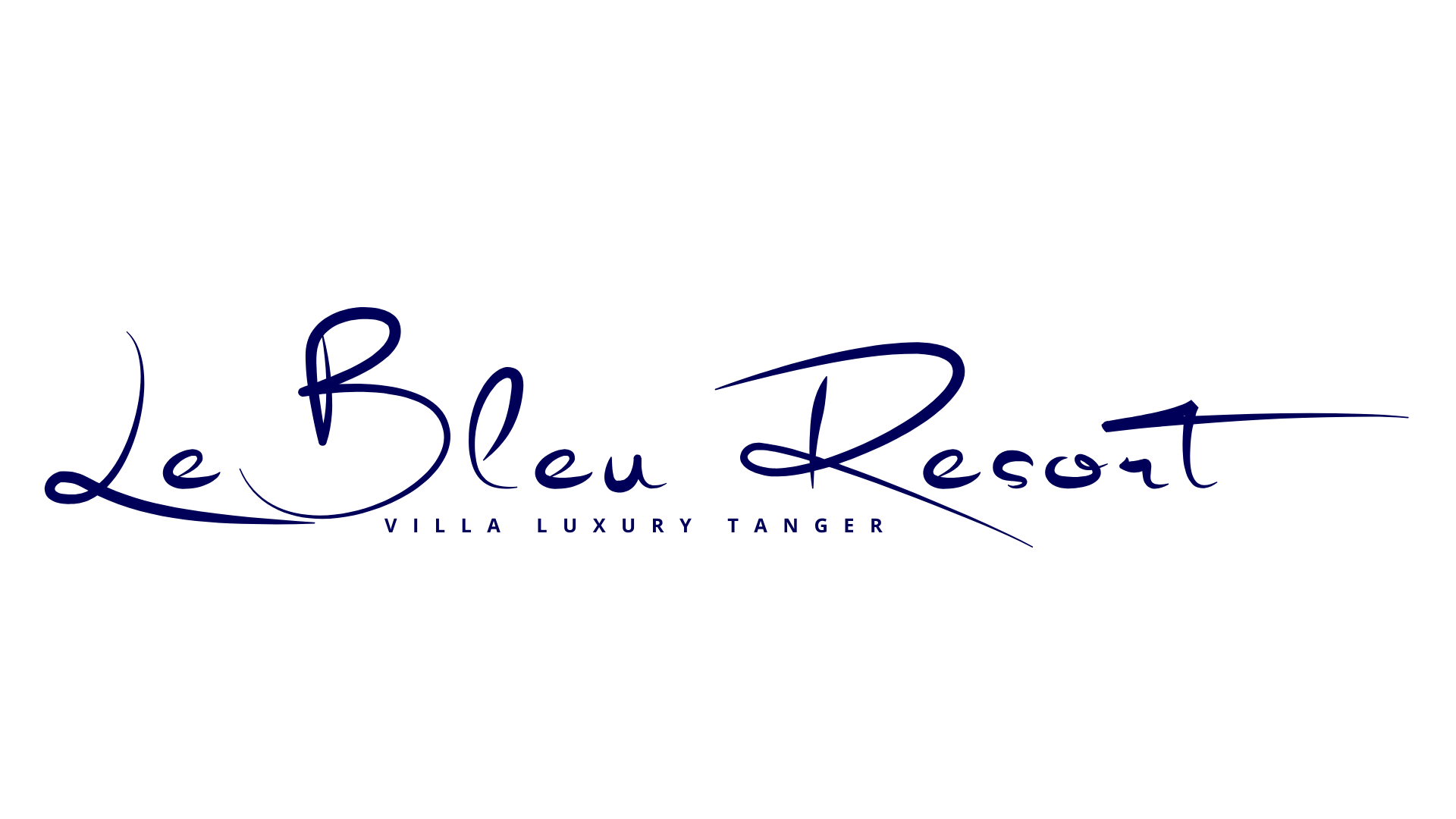Culture of Morocco: A Fascinating Guide for Tourists
Morocco is a land of contrasts, where ancient traditions blend seamlessly with modern influences. From the intricate mosaics adorning centuries-old palaces to the rhythmic beats of traditional Gnawa music echoing through lively medinas, Moroccan culture is rich, diverse, and deeply rooted in history. Visitors are welcomed with warm hospitality, invited to sip on sweet mint tea, and encouraged to explore the country’s vibrant souks, historic sites, and stunning landscapes. Whether traveling for leisure or business, experiencing the culture of Morocco is essential to understanding the heart and soul of this North African gem.
This guide delves into Morocco’s customs, cuisine, architecture, music, and daily life, offering practical insights for those seeking an authentic and immersive travel experience.
Questions? Chat with us now on WhatsApp for a quick response!
1. Moroccan Hospitality: A Warm Welcome Like No Other
Moroccan hospitality is renowned for its generosity and warmth. Visitors are often welcomed with a glass of freshly brewed mint tea, a gesture symbolizing friendship and respect. This deeply ingrained tradition extends beyond homes and into Moroccan riads, hotels, and even small shops, where hosts take pride in making guests feel valued and comfortable.
In Moroccan culture, hosting a guest is considered an honor. Traditional meals are often served family-style, with large communal platters of couscous or tagine. Conversations flow freely, and hosts ensure that guests leave satisfied.
Cultural Etiquette for Visitors:
- If invited to a Moroccan home, it is polite to bring a small gift, such as dates or pastries.
- Remove shoes before entering a home if others do so.
- Accept tea or food when offered, as declining may be considered impolite.
- Greet people with a handshake or a light touch on the shoulder; close friends may exchange cheek kisses.
2. Moroccan Architecture: A Blend of History and Artistry
Moroccan architecture is a stunning mix of Berber, Arab, and Andalusian influences, characterized by intricate tilework, carved wood, and grand courtyards. Throughout the country, visitors can explore historic medinas, royal palaces, and traditional riads, each telling a story of Morocco’s cultural heritage.
Architectural Highlights:
- Hassan II Mosque (Casablanca): One of the largest mosques in the world, featuring a 210-meter-tall minaret and breathtaking oceanfront views.
- Aït Benhaddou: A UNESCO-listed kasbah that once served as a caravan stop on the trans-Saharan trade route.
- Bahia Palace (Marrakech): A masterpiece of Islamic and Moroccan architecture, adorned with vibrant mosaics and lush gardens.
Insider Tip:
For a deeper appreciation of Moroccan architecture, stay in a traditional riad, a restored courtyard house offering an intimate and authentic lodging experience.
3. Moroccan Cuisine: A Culinary Journey Through Flavor
Moroccan cuisine is a fusion of Berber, Arab, and Mediterranean influences, featuring bold spices, slow-cooked stews, and fragrant couscous dishes. Each meal is prepared with a careful balance of sweet, savory, and aromatic flavors.
Must-Try Dishes:
- Tagine: A slow-cooked stew made with lamb, chicken, or fish, flavored with saffron, preserved lemons, and olives.
- Couscous: A staple dish traditionally served on Fridays, topped with vegetables, chickpeas, and meat.
- Pastilla: A sweet and savory pastry filled with shredded chicken or pigeon, almonds, cinnamon, and powdered sugar.
- Harira: A rich tomato-based soup, often served during Ramadan to break the fast.
Dining Etiquette:
- Meals are often eaten with the right hand, especially when served on shared platters.
- Expect multiple courses, starting with small salads and appetizers before the main dish.
- In traditional homes, guests may be encouraged to eat more, as it is a sign of a well-received meal.
4. Moroccan Souks: A Shopper’s Paradise | Culture of Morocco
The souks of Morocco are among the most vibrant and diverse marketplaces in the world, offering handcrafted goods, aromatic spices, and intricate textiles. Each medina has its own specialty, and wandering through the narrow alleys is an experience in itself.
Best Souks to Visit:
- Marrakech’s Souk Semmarine: Known for high-quality leather goods, lanterns, and ceramics.
- Fez’s Chouara Tanneries: Famous for its centuries-old leather-dyeing process.
- Essaouira’s Medina: The best place to find silver jewelry and wood-carved souvenirs.
Bargaining Tips:
- Start by offering half of the asking price and negotiate with a friendly attitude.
- Avoid showing too much interest in an item initially, as this may drive up the price.
- Walk away if the price is too high—vendors often call back with a better offer.
5. Moroccan Music and Dance: A Celebration of Rhythm
Music plays a significant role in Moroccan culture, blending Berber, Arab, and African influences. Each region has its own musical traditions, from the soulful sounds of Andalusian music to the hypnotic beats of Gnawa.
Where to Experience Moroccan Music:
- Fes Festival of World Sacred Music: An annual gathering of musicians from around the world, celebrating spiritual and cultural harmony.
- Gnawa Festival (Essaouira): A celebration of traditional African and Berber music, featuring mesmerizing drumming and chanting.
- Jemaa el-Fnaa (Marrakech): A nightly spectacle of street performers, including musicians, dancers, and storytellers.
6. Religious and Spiritual Traditions | Culture of Morocco
Morocco is an Islamic country where religion plays a central role in daily life. The call to prayer echoes through the streets five times a day, and many businesses close briefly on Fridays for the weekly congregational prayer.
Respectful Practices for Visitors:
- Dress modestly when visiting religious sites.
- Avoid public displays of affection in conservative areas.
- Always ask permission before photographing people, especially in religious settings.
7. Moroccan Festivals: A Year-Round Celebration
Morocco’s festival calendar reflects its cultural diversity, from religious celebrations to music and arts festivals.
Notable Festivals:
- Mawazine Festival (Rabat): One of Africa’s largest music festivals, attracting international artists.
- Rose Festival (Kalaat M’Gouna): A celebration of Morocco’s famous rose harvest, with parades and markets.
- Eid al-Fitr & Eid al-Adha: Islamic holidays marked by feasts and family gatherings.
Planning Your Trip: Essential Tips for Visitors | Culture of Morocco
- Best Time to Visit: Spring (March-May) and fall (September-November) offer the most pleasant weather.
- Currency: Moroccan Dirham (MAD). ATMs are widely available, but cash is preferred in markets.
- Language: Arabic and Berber are official, but French is commonly spoken, especially in business settings.
- Transportation: Trains are the best option for intercity travel, while private drivers offer a more luxurious experience.
Experiencing the Culture of Morocco
Morocco’s cultural richness offers a deeply immersive travel experience, whether through its music, cuisine, hospitality, or history. Visitors who embrace local customs and traditions will gain a deeper appreciation of this dynamic country. From the maze-like medinas to the golden dunes of the Sahara, Morocco is a place that leaves an indelible mark on every traveler.
Have questions? Contact us now on WhatsApp, and our team will be happy to assist you!



